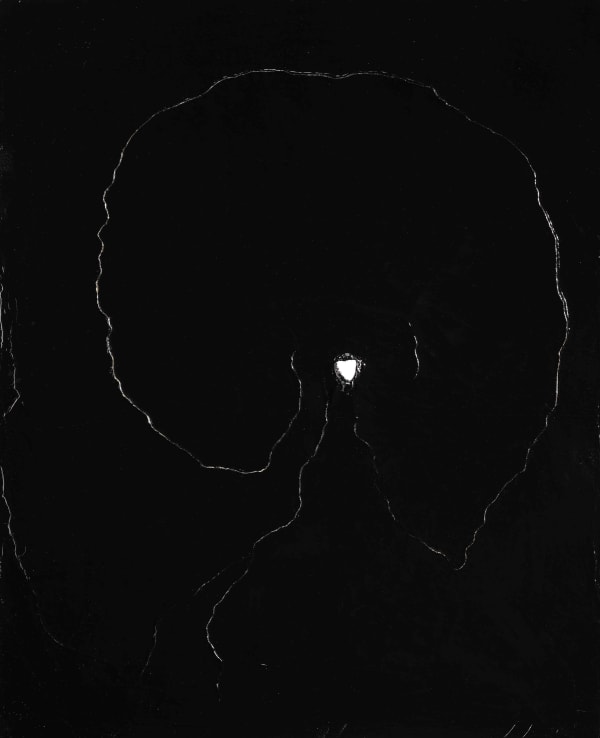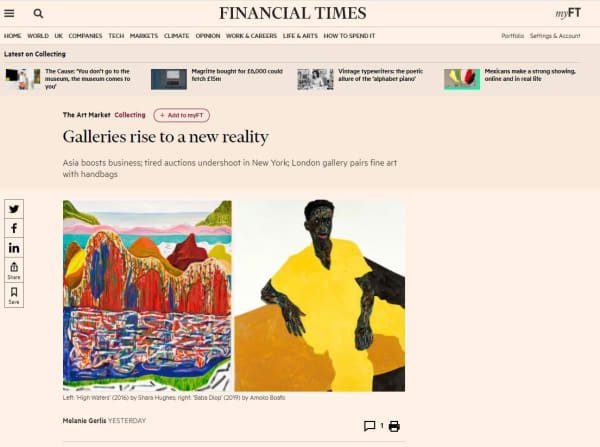Lucio Fontana Argentine/Italian, 1899-1968
The Argentinian born artist Lucio Fontana grew up in Milan, later training as a sculptor at the Academy of Fine Arts of Brera. He moved back to Argentina during World War II and started to develop theories around representing time and dimensionality in art, founding Spazialismo, (‘Spatialism’) in 1947. He intended to create an entirely new type of art that would illustrate tension and transience by combining aesthetic, kinetic and scientific elements.
In 1948, Fontana returned to Italy and produced his well-known series of Spatial Concept paintings. These violently slashed canvases were no longer flat but existed in three dimensions: in exposing the space behind, the torn surface left physical evidence of energy. As one of the first artists to make art into a performance, Fontana’s rejection of boundary and permanence anticipated later developments in Arte Povera and installation art.
He was awarded the Grand Prize for Painting at the 1966 Venice Biennale, and died in 1968.
-

Intercontinental Abstraction
11 Oct - 22 Dec 2023 LondonExplore the legacy of abstraction at Omer Tiroche Gallery's Intercontinental Abstraction exhibition. Discover artworks spanning 75 years and 5 continents, featuring renowned artists like Abdoulaye Konaté, Georges Mathieu, Joan Mitchell, and Zao Wou-Ki. Experience the evolution from traditional art to abstraction, driven by societal shifts and artistic freedom. Lyrical Abstraction founder Georges Mathieu's bold response to WWII, Jean Arp's three-dimensional marvels, and the cross-cultural influences in Zao Wou-Ki's work showcase the global impact of abstraction. Immerse yourself in a universal language that captures the complexities of the modern era, leaving a lasting creative legacy. Featured artists: Jean Arp, Anthony Caro, Lucio Fontana, and more.Read more -

The Art of Hermès
15 Oct 2020 - 12 Feb 2021 LondonHermès handbags are renowned as the world’s most sought after and exclusive luxury bags, capable of fetching hundreds of thousands of pounds at auction.Read more





